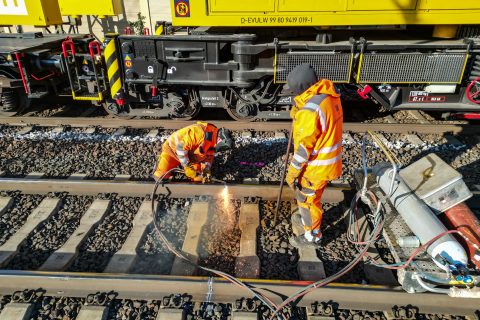Finland to study European gauge connection to Sweden

Finland wants to study the possibility of creating a European gauge (1435 mm) connection to Sweden to facilitate trade and military mobility with the rest of the European Union. The first option would be to create a 1435 mm railway line connecting Oulu, to Haparanda, on the border with Sweden, where goods have to be reloaded due to the change in gauge.
The Finnish Ministry of Transport and Communication tasked the country’s transport agency Väylävirasto to draft a report on the feasibility of such a project. Creating a European gauge connection for Finland would be a great benefit for rail freight operators, which would not have to pay for transshipment services in Haparanda. From there, a railway line runs to Boden and the rest of the Swedish rail network. Moreover, most of the cargo coming from Finland and directed to Sweden reaches Haparanda via trucks. A new, harmonised railway line would thus benefit existing operators but also likely facilitate the shift from road to rail in Finland.
The report should include information on “different route alternatives, technical aspects, measures with possible phasing, and the costs of implementation”. Väylävirasto will now have until August 2025 to complete the report and present it to the Finnish government. The Ministry of Transport and Communication underlined that over the past few years, “the role of international western transport links in security of supply, preparedness and military mobility has come to the fore more strongly than before”.

Finland’s migration to the European gauge
The Finnish railway network is mostly equipped with the Russian gauge (1524 mm). This poses some significant problems for both freight and passenger services as a change of rolling stock is always necessary when crossing into Sweden. In the summer of 2022, the European Commission proposed introducing a standard European track width of 1435mm for all member states in lieu of the war in Ukraine.
Finland, however, did not seem fully on board with the initiative, with the Ministry of Transport and Communication at the time defining it as “unreasonable”. Last year, the same Ministry underlined that a full migration is not in Finland’s plans due to the very high costs of the project. However, the country remained open to build a 1435 mm main line that from Haparanda would stretch to Helsinki. The study for the Haparanda-Oulu European gauge link would be the first step towards the realisation of this main line.
Also read:





